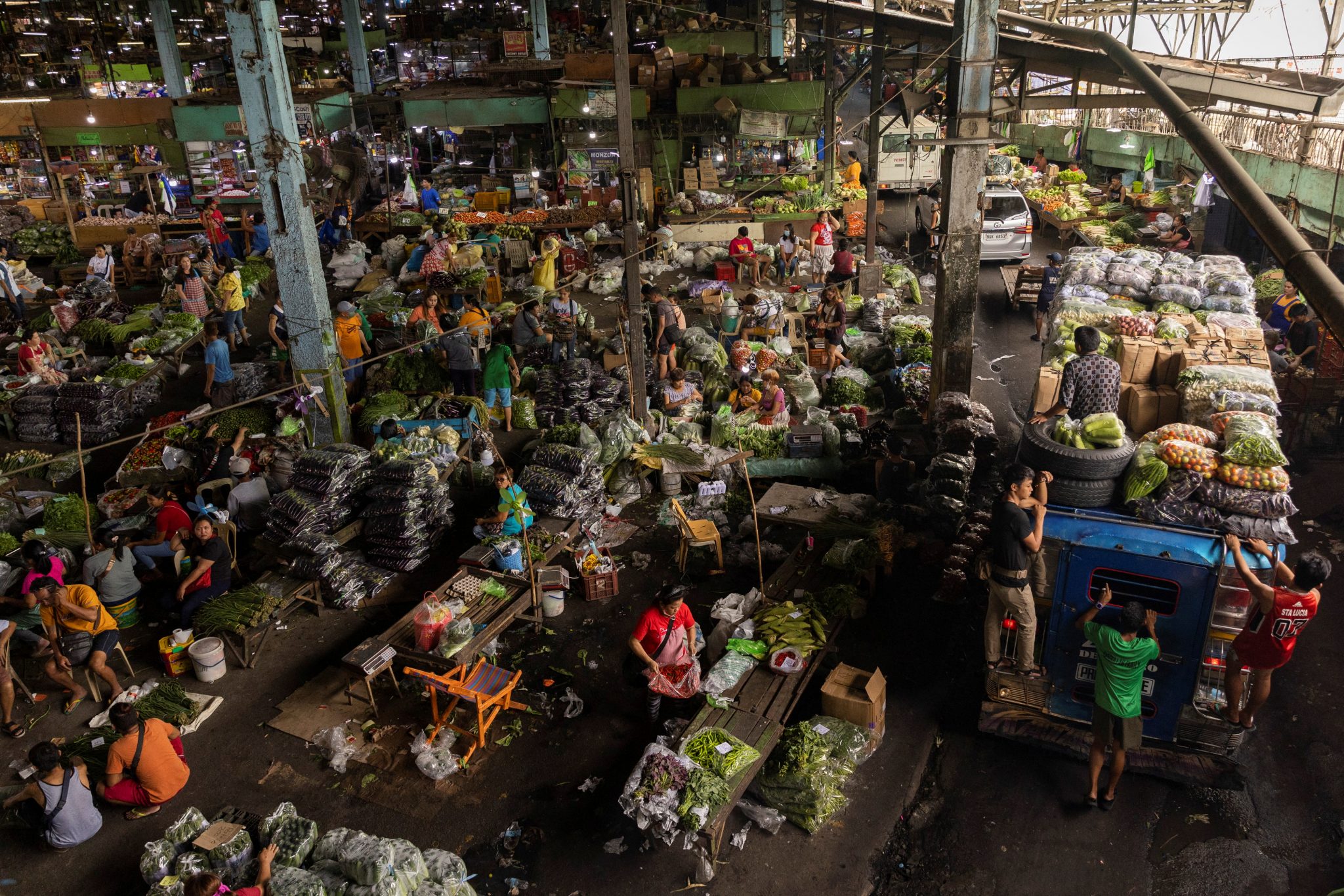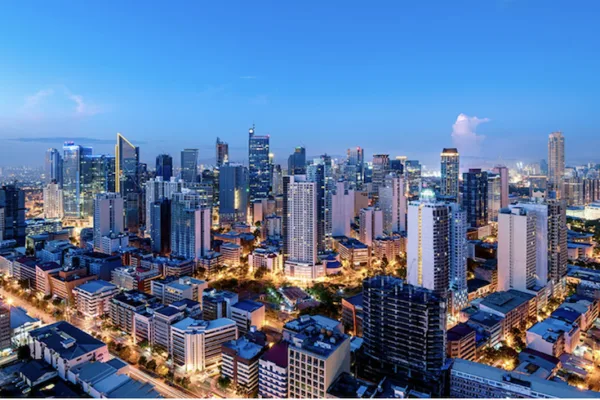The Bangko Sentral ng Pilipinas (BSP) has projected the country’s inflation rate for August 2024 to fall within the range of 3.2% to 4.0%. This forecast comes as the Philippine economy faces a mix of inflationary pressures and mitigating factors, leading to cautious optimism about the country’s economic stability in the coming months.

BSP sees inflationary pressures in rising electricity rates, agricultural costs
In a media advisory, the BSP stated that a significant factor contributing to the upward pressure on inflation this month is the increase in electricity rates. The cost of power has been on an upward trend, primarily driven by higher fuel costs and supply constraints. These rising electricity rates have a direct impact on households and businesses, making it a critical component of the inflationary pressures seen in August.
Additionally, the agricultural sector is facing challenges that further exacerbate inflationary pressures.
Unfavorable weather conditions, including prolonged dry spells and unexpected heavy rains, have led to a decline in the production of key agricultural commodities. This has resulted in higher prices for essential goods such as vegetables, fruits, and other agricultural products. These price hikes are felt across the board, particularly by consumers who rely on these commodities for their daily needs.

Prolonged dry spells: a man paddling his boat on what used to be a lake
Mitigating factors: Lower oil and food prices, Peso appreciation
Despite the upward pressures, several factors are helping to temper inflation.
One of the most significant is the decrease in domestic oil prices. The global oil market has seen a period of relative stability, leading to lower prices at the pump. This decrease in oil prices has a ripple effect across the economy, reducing transportation costs and the overall cost of goods and services.
Moreover, the prices of key food items such as rice, fish, and meat have seen a decline, offering some relief to consumers. The reduction in food prices can be attributed to several factors, including improved supply chains and increased local production, particularly in regions less affected by adverse weather conditions.
The BSP also noted that the appreciation of the Philippine peso against the US dollar has played a role in offsetting some of the inflationary pressures. A stronger peso helps reduce the cost of imported goods, which in turn helps stabilize prices in the domestic market.
Last year, the BSP credited the country’s growth pick-ups to sound Philippine banking system conditions, with loans disbursed by both universal and commercial banks growing by 10.1 per cent in March last year compared to just 10 per cent in the previous month.
BSP’s stance: Ensuring price stability and sustainable growth
In light of these mixed economic indicators, the BSP has reiterated its commitment to ensuring price stability while supporting the country’s overall economic growth. The Monetary Board, which is responsible for setting the country’s monetary policy, is expected to continue taking a measured approach in its decision-making.
The BSP’s focus remains on balancing the need to keep inflation within the target range while also fostering conditions conducive to sustainable economic growth and employment. The central bank has several tools at its disposal, including adjusting interest rates and implementing other monetary measures, to manage inflationary pressures and support the economy.
Outlook: Cautious optimism amid economic challenges
As the Philippine economy navigates through these inflationary pressures, there is a sense of cautious optimism. The BSP’s proactive approach to managing inflation, combined with mitigating factors such as lower oil and food prices, provides some reassurance that the country can maintain economic stability in the near term.
Earlier in July, the BSP also announced that the country is right on track to being a cashless economy, fueling
However, challenges remain, particularly in addressing the root causes of the rising prices of electricity and agricultural commodities. The government and private sector may need to work together to improve infrastructure, enhance agricultural productivity, and ensure a stable energy supply to mitigate these inflationary pressures in the long run.
Overall, while the inflation rate for August 2024 is expected to remain within the BSP’s projected range, the central bank will continue to monitor economic developments closely. The BSP’s commitment to a balanced and measured approach will be crucial in navigating the complex economic landscape and ensuring that the Philippines remains on a path of sustainable growth and development.








